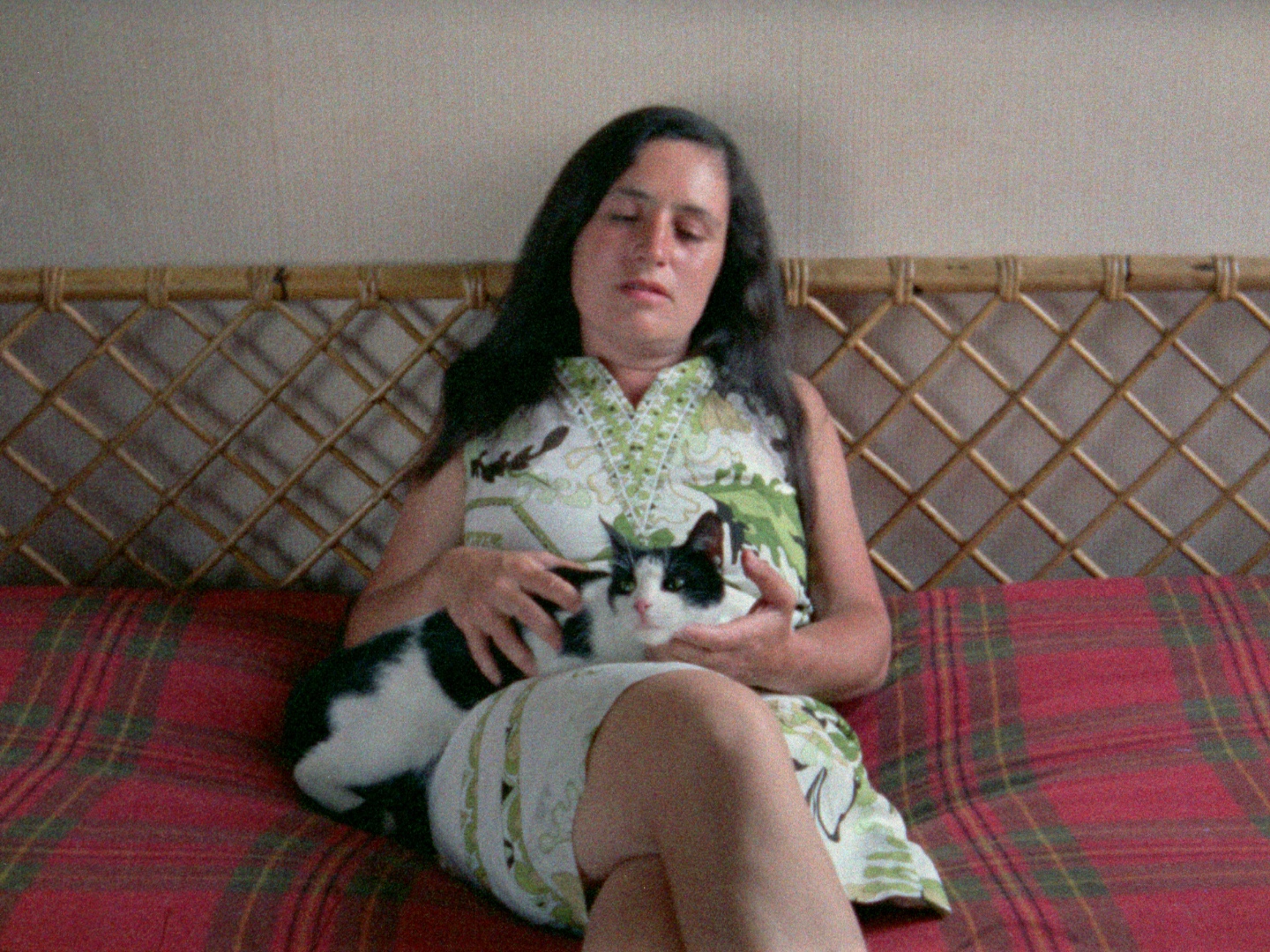
A documentary based on Arnold Schoenberg's treatise that speaks out against the persecution of the Jewish people.
EN
“Linked by spewing water, Geschichtsunterricht closes with the same gaping stone-faced Fontana del Mascerone that opens Einleitung. In what Straub called their first agitational film, the text he recites while leaning on a low wall atop the Janiculum in Rome describes composer Arnold Schoenberg. His 1929-30 score was written in response to a commission for a piece of music "in celebration for the advent of the talkies," which was ironic given Schoenberg's aversion to the use of sound in cinema in general. As Schoenberg seemed to intend it, "Accompaniment to a Cinematographic Scene" never had filmic counterpart in his lifetime, instead existing as he termed it, "Music for no film." In the nine-minute score, he provided only the following indications for musicians: "Drohende Gefahr, Angst, Katastrophe" (threatening danger, fear, catastrophe), a phrase Straub repeats a total of three times as he describes Schoenberg's eventual exile from Germany and death in Los Angeles in 1951.
A Man Ray photo of young Schoenberg and one taken just before his death appear, a self-portrait drawing from 1911 of him walking away, hands folded behind his back, thinking.
In the television studio at Baden-Baden, Straschek reads letters written in 1923 by Schoenberg assailing Kandinsky for the hypocrisy of suggesting that since he is an "exceptional Jew" he will be spared persecution by the growing anti-Semitic movement in Germany.
The music starts and after Nestler reads from Brecht, we see visual attestation of Drohende Gefahr, Angst, Katastrophe: a photo of the Paris communards lined up in their coffins, newsreel of U.S. military loading bombs into planes then being dropped in Vietnam, billows of smoke emanating from the burning land. Finally ending with a pan over Italian and German newspapers announcing the acquittal of Nazi architects of Auschwitz. Endless constellations of then and now.
Danièle Huillet anchors the film at its center, reclining on a sofa in their apartment in Rome and holding the cat that she had rescued in a decrepit state from the streets, as she introduces Brecht's 1935 text, "But, asks Brecht, 'how will someone now say the truth about fascism, which he is against, if he will say nothing about capitalism, which brings it to the fore?'" ”
Luisa Greenfield1

